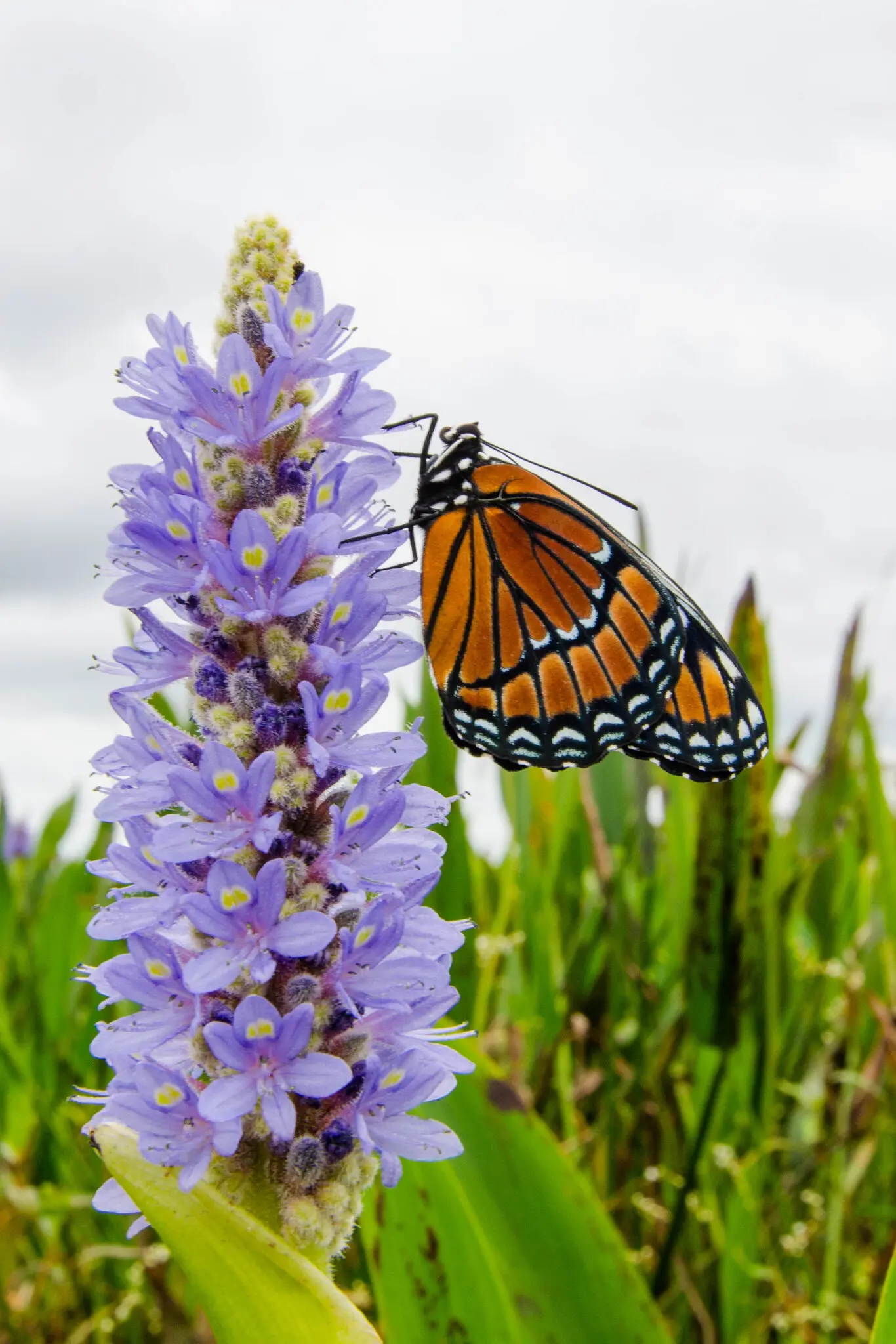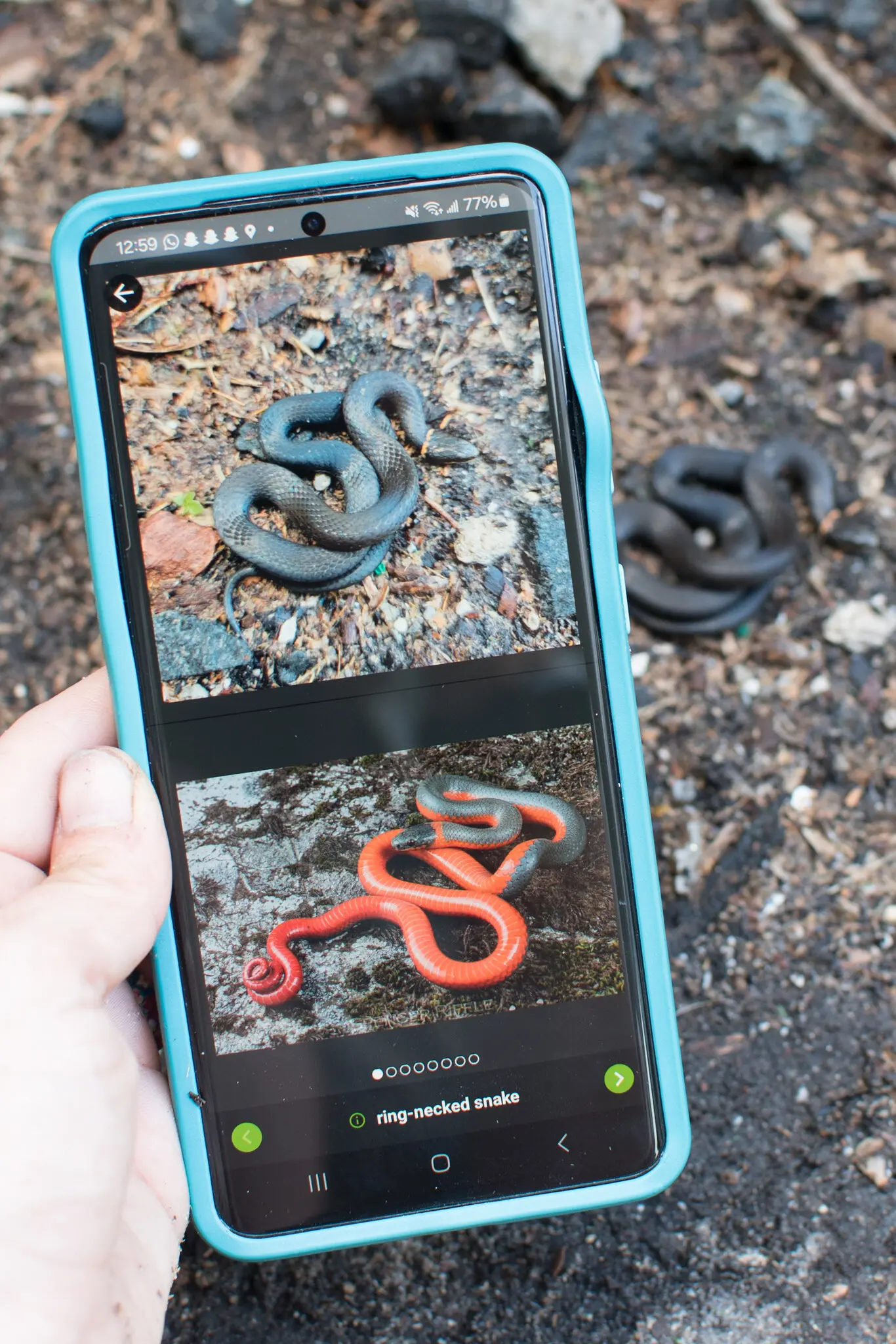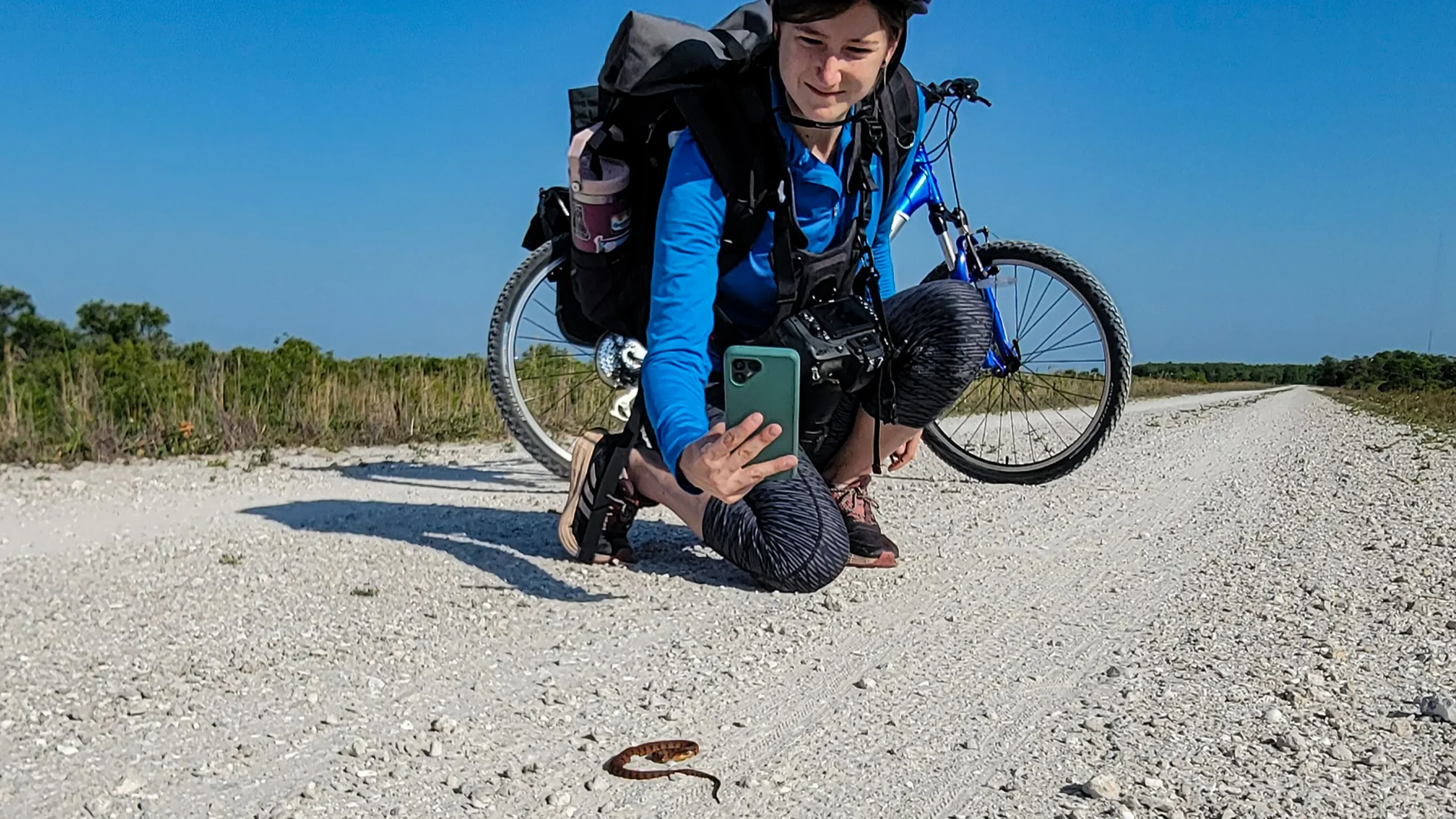Research Shows Public Participation Boosts Ecology Studies
28.07.2025
Citizen Science Platform iNaturalist Is Transforming Biodiversity Research
From a Single Photo to a New Species
In 2019, a nature photographer hiking in the mountains of northern China captured an image of an unusual insect — a fly that mimicked a bumblebee with black-and-yellow stripes. The photo was uploaded to iNaturalist, a citizen science platform, where it caught the attention of an entomologist. Just a year later, that observation led to the formal identification and naming of a new species: the mountain ghost stiletto fly.
This isn’t an isolated incident. According to a new study, iNaturalist data has become an indispensable tool for scientific discovery, highlighting the growing influence of citizen science in ecology and biodiversity research.
Thousands of Studies Powered by Public Contributions
Launched in 2008, iNaturalist enables users to upload photos or audio recordings of wildlife sightings, along with time, date, and location information. These observations are reviewed by the community and, once verified, classified as “research grade.” They are then added to a global biodiversity database accessible to scientists worldwide.
The impact has been extraordinary. The new research, published in BioScience, reveals that over 5,000 peer-reviewed papers have incorporated iNaturalist data. In 2022 alone, more than 1,400 scientific articles used the platform’s data — nearly four per day and ten times more than in 2017.

A Shift in How Scientists Approach Ecology
“iNaturalist has become deeply embedded in biodiversity science,” said Corey Callaghan, an ecologist at the University of Florida and co-author of the study. He noted that the platform is influencing not just what questions researchers ask, but how they design their studies.
The emergence of iNaturalist coincides with the rise of smartphones featuring high-quality cameras and audio tools, fueling rapid growth in observations. By 2024, the platform had over 200 million wildlife records submitted by more than 3.3 million users around the globe.
Global Reach and Scientific Range
Researchers have used iNaturalist data to discover new species, track invasive plants, map animal behavior, and study the impacts of climate change. The dataset spans over 600 biological families across 128 countries.
One example: A 2023 study revealed that the jaguarundi — a Latin American wild cat — no longer roams areas it once inhabited, contradicting earlier expert maps. Other studies have documented invasive shrubs in the northeastern U.S., shifts in Australian biodiversity following wildfires, and how climate change threatens endangered gibbons.

Beyond Mapping: Visual Insights from User Photos
Recently, scientists have begun analyzing user-submitted images for more than just species presence. High-resolution photos are now being used to examine physical traits and behaviors. For example, researchers have studied butterfly and snake color patterns, bee flower preferences, and the dietary habits of Andean birds.
Machine learning is further expanding the possibilities by making it easier to analyze vast collections of visual data.
A Complement to Traditional Science
Despite its value, researchers emphasize that iNaturalist isn’t a replacement for expert-led fieldwork. Rather, it supplements professional science and greatly speeds up the research process. The platform offers broader geographic reach and insight across more species than traditional studies can often manage on their own.
Brittany Mason, a co-author of the study and data analyst at the University of Florida, summed it up: “The explosion of data is allowing us to study biodiversity at global scales and across taxonomic groups in ways we never could before.”
A Message to the Citizen Scientists
Dr. Callaghan offered encouragement to the platform’s contributors: “Keep observing, keep sharing. The work you’re doing matters more than ever — and we’re only beginning to see its full potential.”







Leave a Comments